A step by step guide for winter Tomato farming
Today, we discuss the topic of winter tomato farming techniques, cultivation practices, growing methods, winter tomato care and how to harvest tomatoes in the winter season.
Tomato is one of the important and widely grown vegetables in the country. Tomato cultivation is one of the most profitable agriculture businesses. Cultivating tomato is an excellent option for those looking to harvest a commercially very important crop four times a year. Tomato farming in winter is possible in traditional farming and also in greenhouse farming. Many of the tomato varieties can flourish within cooler weather conditions regardless of whether they are the early season, mid-season or late-maturing varieties. But most are early maturing tomato varieties suitable for shorter growing seasons.
Remember that tomato farming needs sufficient heat and light to mature into ripe, flavorful fruits. Starting tomatoes indoors and use of other season extenders (caps, row covers, etc.) may be necessary to maximize the quality and quantity of harvest. With the use of season extenders, a majority of the tomato varieties offered by Tomato Fest can grow well in cooler climates.
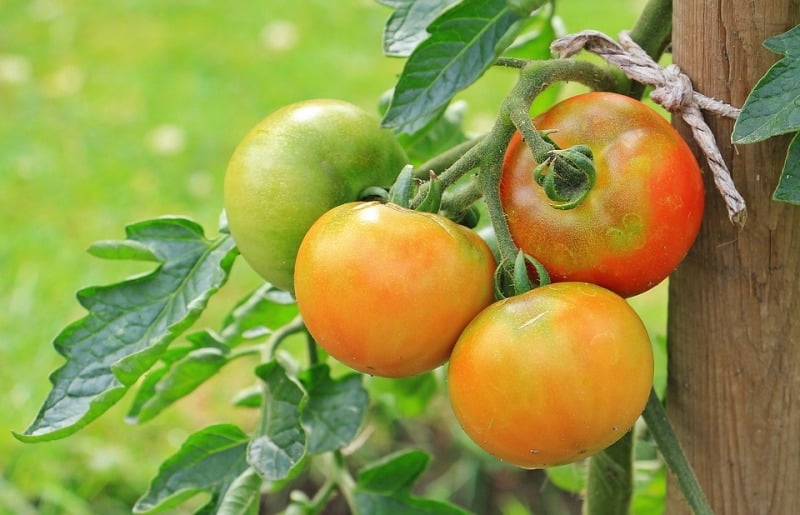
Winter tomato varieties:
The below-given list is about different tomato varieties suitable for the winter season;
- Paul Robeson
- Northern Lights
- San Francisco Fog
- Jetsetter
- Golden Nugget Tomato
- Siletz Tomato
- Grushovka Tomato
- Manitoba Tomato
- Polar Beauty Tomato
- Stupice Tomato
- Oregon Spring Tomato
- Husky Gold Tomato
- Mule Team
- Glacier
- Stupice
- Siberia
- Silver Tree
- Oregon Spring
Basic requirements for growing tomatoes in the cold season
The production of tomatoes in the winter season is lucrative. All farmers must do is make sure that the tomato plants are protected from frost and freezing. Farmers want to be on the lookout for leaf frost as it damages and affects crop growth. Tomato plants are very sensitive to frost and other harsh weather conditions caused by the winter season.
The best tomatoes to grow in cool or cold climates are the short season to mid-season tomatoes that is tomatoes that mature in the shortest number of days, 55 to about 75 days from transplanting.
Short- and mid-season tomato varieties normally require fewer days of heat to ripen fruit and are naturally adapted or have been developed for cool temperatures.
You may also like Vegetable Seed germination, Sowing Time.
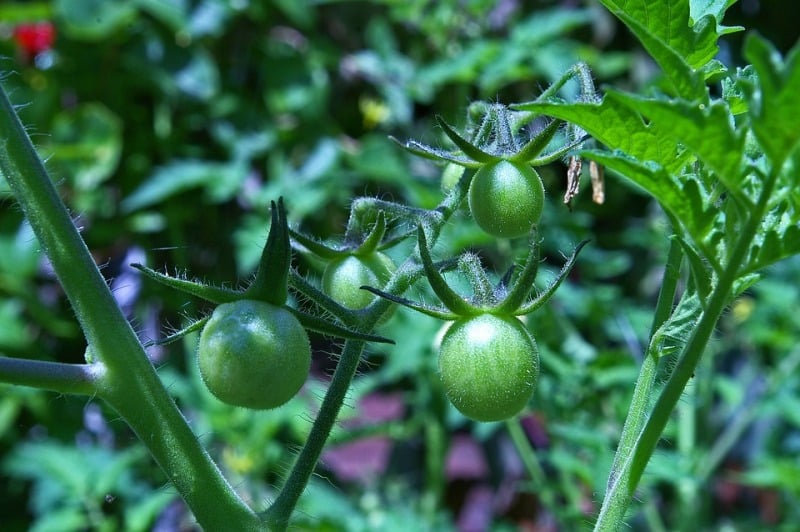
Soil requirement for tomato planting in the winter:
Although tomato farming in winter needs a diverse set of climate for its growth, it can grow on all types of soils from light sandy soil to heavy clayey soil. Well-Drained soil with a depth of 15 to 20 cm is ideal for yielding a healthy crop. Though, for a heavy yield, farmers cultivate tomatoes on silt-loam soils. Unlike the other crops, soil with high organic content is not recommended. This is because soil with high organic content is naturally very high in moisture which cannot be tolerated by tomato crops.
The soil pH for growing tomatoes in the winter season:
Soil pH falling in the range of 6.0 to 7.0 is preferred for tomato farming in winter. A slight liming along with adequate nutrient supply can help tomato grow better in acidic soil.
When to water tomato plants in the winter:
- Tomatoes are sensitive to both more water as well as little water.
- The main challenge in tomato cultivation is maintained an even moisture supply. Care should be taken to prevent any drought period after a heavy watering dose.
- During in winter season give water after of 10 to 15 days.
- Tomatoes need careful irrigation that is just sufficient water at the right time. It is essential to maintain an even moisture supply.
The light requirement for growing winter tomatoes
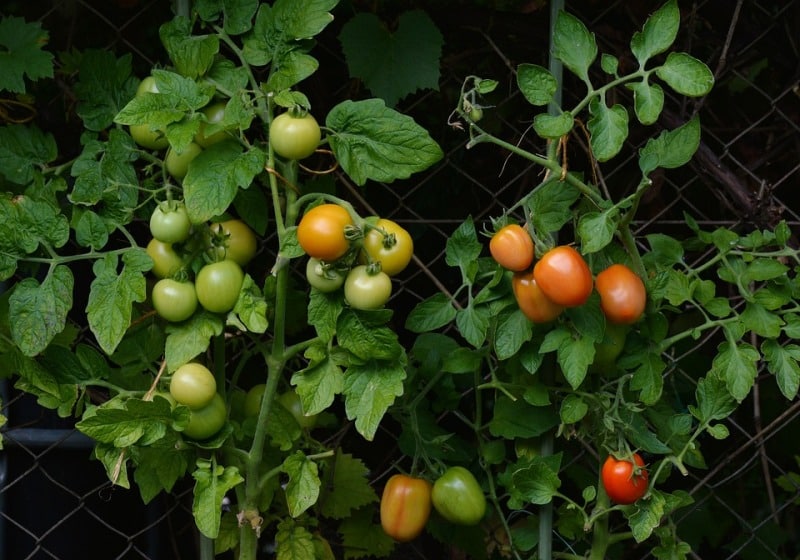
Tomato cultivation love sunlight. On average tomato framing in the winter, we’re only able to enjoy about 10 hours of sunlight a day in the Northeast. And since we’re further from the sun during the winter, the sunlight we do get is weaker in energy levels compared to those summer rays. With lower energy levels and less sun, we cherish the sunlight we do obtain and rely on our growing lights much more in the winter.
You may also check the Smart Farming in India.
Seed sowing and plant transplanting of tomato in cold climates:
Farmers who choose to start from the seed stage can buy seeds and sow them 0.5 to 1.5cm under the ground.
Deep sowing can result in seeds failing to germinate. After an average 1 month, the seed will have shot from the ground. They should be transplanted when they reach 15 to 25cm tall. Given the low winter temperatures, farmers are advised to carry out in the Green House. Farmers are advised to transplant other plants 3 weeks after the first crop to spread the harvest out.
Tomato seed treatment for winter growing:
To avoid damping-off disease treats the tomato seed with Trichoderma @ 5-10 g/Kg seed or carbendazim 2g/Kg seed. The treated tomato seeds are dried in shade for 30 min and then sown sparsely along the lines in ½ cm depth and covered by the topsoil.
How to manure tomato Plants in winter:
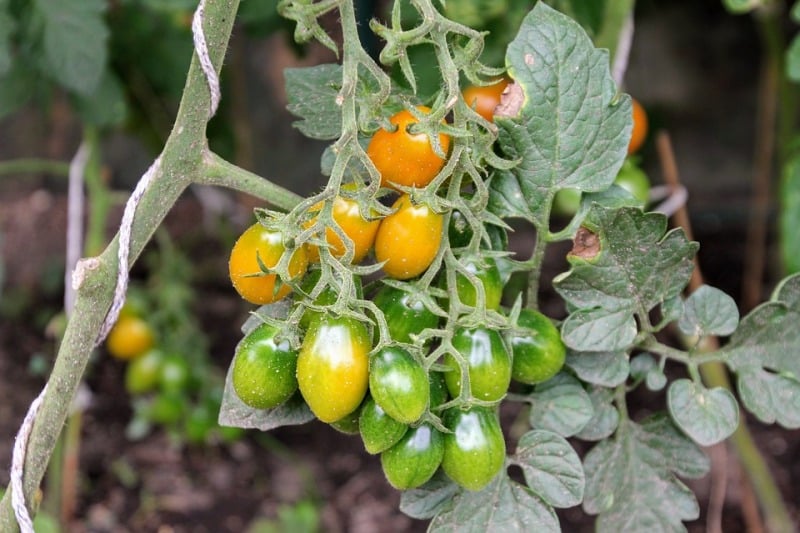
Apply well rotten farmyard manure or compost @ 20-25 t/ha at the instant of land preparation and mix well with the soil. A fertilizer dose of 75:40:25 kg N: P2O5: K2O/ha can be given. Half the dose of nitrogen, full phosphorus and half of the potash can be applied as basal before transplanting. One-fourth of nitrogen and half of potash may be applied 20 to 30 days after planting. The remaining quantity can be applied 2 months after planting.
Transplanting of tomato seedlings:
The transplanting tomato is done in small flatbeds or in shallow furrow depending upon the availability of irrigation. In heavy soil, it is generally transplanted on ridges and during the rains also it is advantageous to plant the seedlings on ridges.
For indeterminate varieties or hybrids, the seedlings have to be staked using bamboo sticks of 2-meter length or planted in a broad ridge of 90 cm width and 15 cm height. The seedlings are planted in the furrows at a spacing of 30 cm and the tomato plant is allowed to spread on the broad ridge.
You may be interested in Tomato Profits per Acre.
Weed control in winter tomato crop:
There is a need for light hoeing during the first 4 weeks in the field which encourage the growth but also remove the weeds from the field. The surface of the soil is loosened by hand hoeing as soon as it is dry enough after every irrigation or shower. All weeds should be removed in this process.
How to harvest winter tomatoes:
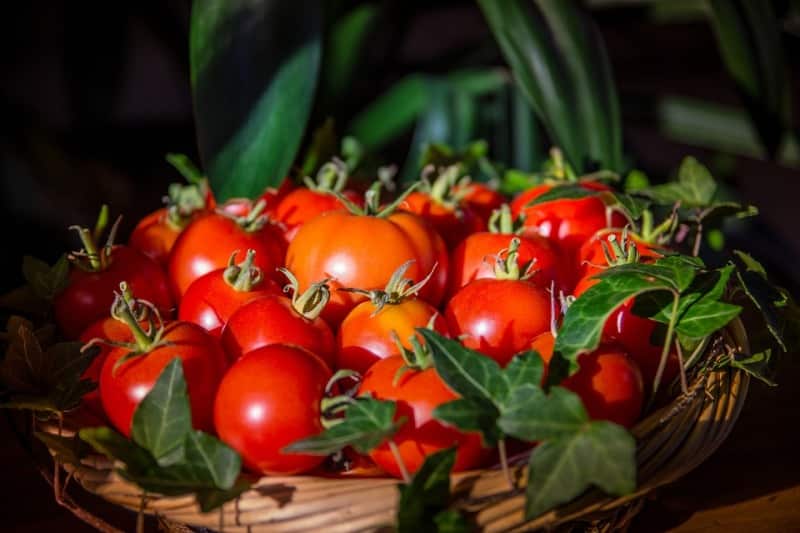
Tomatoes can be harvested within 2 to 3 months of the plantation. Depending on the market demand, 8 to 10 harvesting of tomato is done on a yearly basis. The average tomato crop yield per acre in India is about 10 tonnes although the yield varies from 15 to 20 tonnes per acre in case of irrigated crops.
You may be interested in Growing Parsley from Cuttings, Seeds.
Humara ghar rajgarh mirzapur uttar pradesh india me hai hum tamatar ki kheti krna chahte jo winter me nikle lagbhag october se to hum kb nursery dale aur kaun si veriety ka seed le
Plz aap pura plan suggest kare.